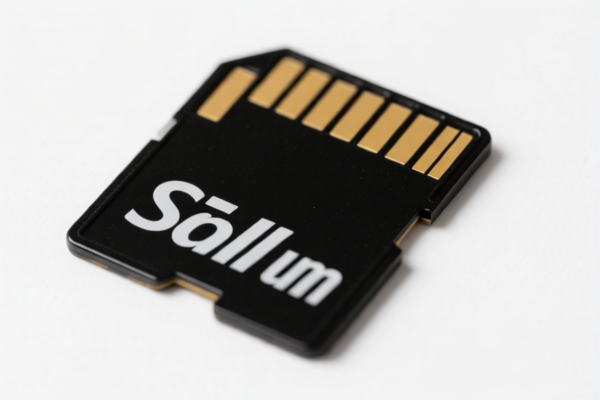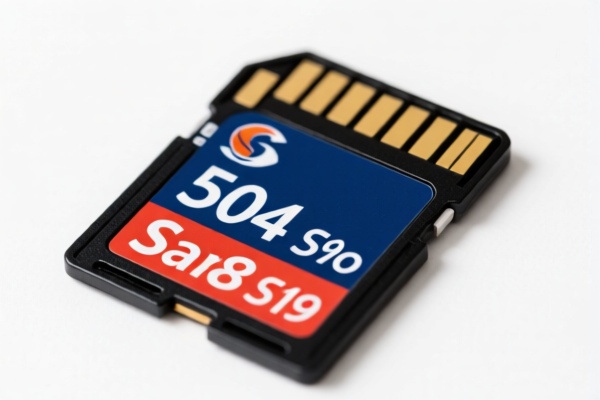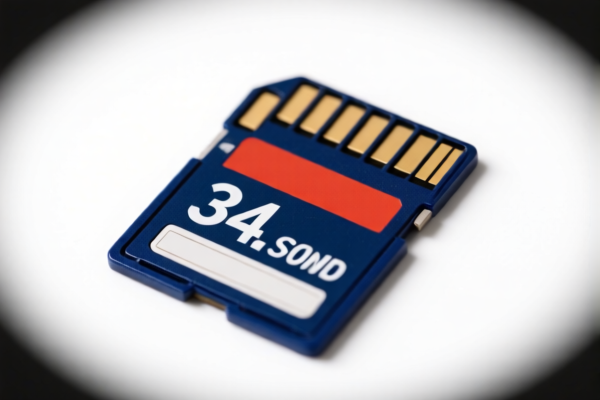| HS Code | Official Doc | Tariff Rate | Origin | Destination | Effective Date |
|---|---|---|---|---|---|
| 8523520090 | Doc | 55.0% | CN | US | 2025-05-12 |
| 8523802000 | Doc | 37.5% | CN | US | 2025-05-12 |
| 8523295020 | Doc | 37.5% | CN | US | 2025-05-12 |
| 8542320071 | Doc | 70.0% | CN | US | 2025-05-12 |
| 8523495000 | Doc | 37.5% | CN | US | 2025-05-12 |




-
Product Classification: Memory card (data storage card, video storage card, information storage card, etc.)
-
HS CODEs and Tax Rates:
-
8523520090 – Data storage card, video storage card
- Base Tariff Rate: 0.0%
- Additional Tariff: 25.0%
- Special Tariff after April 11, 2025: 30.0%
- Total Tax Rate: 55.0%
-
8523802000 – Information storage card, data archive storage card
- Base Tariff Rate: 0.0%
- Additional Tariff: 7.5%
- Special Tariff after April 11, 2025: 30.0%
- Total Tax Rate: 37.5%
-
8523295020 – Magnetic tape storage card
- Base Tariff Rate: 0.0%
- Additional Tariff: 7.5%
- Special Tariff after April 11, 2025: 30.0%
- Total Tax Rate: 37.5%
-
8542320071 – Micro storage card
- Base Tariff Rate: 0.0%
- Additional Tariff: 50.0%
- Special Tariff after April 11, 2025: 20.0%
- Total Tax Rate: 70.0%
-
8523495000 – Optical disc storage card
- Base Tariff Rate: 0.0%
- Additional Tariff: 7.5%
- Special Tariff after April 11, 2025: 30.0%
- Total Tax Rate: 37.5%
-
Key Notes:
-
April 11, 2025 Special Tariff: A new additional tariff of 30.0% is applied to most memory card categories after this date. This is a time-sensitive policy and must be considered in customs planning.
-
No Anti-Dumping Duties: No specific anti-dumping duties on iron or aluminum are currently applicable to memory cards.
-
Proactive Advice:
-
Verify Product Specifications: Confirm the exact type of memory card (e.g., flash, magnetic tape, optical disc) to ensure correct HS code classification.
-
Check Unit Price and Material: The tax rate may vary depending on the product's material and value. Ensure accurate documentation for customs clearance.
-
Certifications: Some memory cards may require specific certifications (e.g., CE, RoHS) for import compliance. Confirm if these are needed for your product type and destination country.
-
Product Classification: Memory card (data storage card, video storage card, information storage card, etc.)
-
HS CODEs and Tax Rates:
-
8523520090 – Data storage card, video storage card
- Base Tariff Rate: 0.0%
- Additional Tariff: 25.0%
- Special Tariff after April 11, 2025: 30.0%
- Total Tax Rate: 55.0%
-
8523802000 – Information storage card, data archive storage card
- Base Tariff Rate: 0.0%
- Additional Tariff: 7.5%
- Special Tariff after April 11, 2025: 30.0%
- Total Tax Rate: 37.5%
-
8523295020 – Magnetic tape storage card
- Base Tariff Rate: 0.0%
- Additional Tariff: 7.5%
- Special Tariff after April 11, 2025: 30.0%
- Total Tax Rate: 37.5%
-
8542320071 – Micro storage card
- Base Tariff Rate: 0.0%
- Additional Tariff: 50.0%
- Special Tariff after April 11, 2025: 20.0%
- Total Tax Rate: 70.0%
-
8523495000 – Optical disc storage card
- Base Tariff Rate: 0.0%
- Additional Tariff: 7.5%
- Special Tariff after April 11, 2025: 30.0%
- Total Tax Rate: 37.5%
-
Key Notes:
-
April 11, 2025 Special Tariff: A new additional tariff of 30.0% is applied to most memory card categories after this date. This is a time-sensitive policy and must be considered in customs planning.
-
No Anti-Dumping Duties: No specific anti-dumping duties on iron or aluminum are currently applicable to memory cards.
-
Proactive Advice:
-
Verify Product Specifications: Confirm the exact type of memory card (e.g., flash, magnetic tape, optical disc) to ensure correct HS code classification.
-
Check Unit Price and Material: The tax rate may vary depending on the product's material and value. Ensure accurate documentation for customs clearance.
-
Certifications: Some memory cards may require specific certifications (e.g., CE, RoHS) for import compliance. Confirm if these are needed for your product type and destination country.
Customer Reviews
No reviews yet.